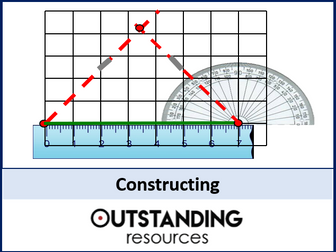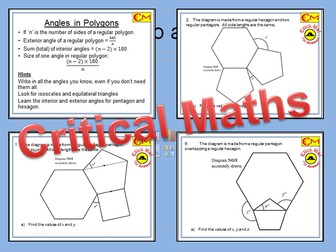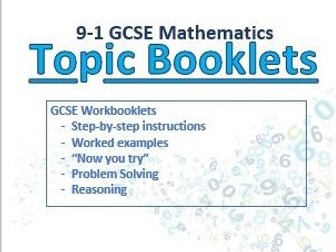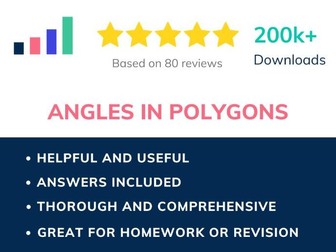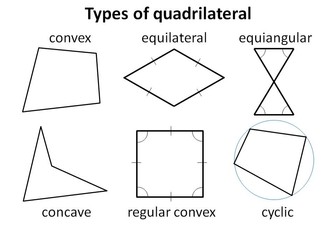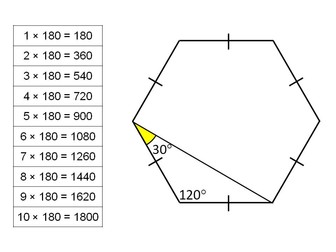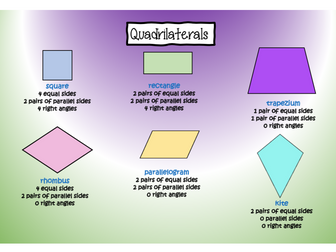
Polygons
Polygons: These task cards are a great way for students to have fun while they practice their skills with identifying the different types of polygons. There are 26 questions and an answer sheet and an answer key is provided.
Do a search for my other Math Task Cards:
♦ Ages 6-9:
Addition
Arrays
Balancing Equations
Coins
Estimating Sums
Expanded Form
Fact Families
Greater Than Less Than
Long Division
Missing Addends
Multiplication Word Problems
Number Bonds Word Problems
Skip Counting
Subtraction
Telling Time
♦ Ages 9-11:
Balancing Equations
Capacity
Comparing Decimals
Decimals
Elapsed Time
Expanded Form
Exponents
Fact Families
Factors & Multiples
Fractions
Fractions on a Number Line
Greater Than Less Than
Greatest Common Factors
Least Common Multiple
Long Division
Mean, Median, Mode, & Range
Metric Measurement
Mixed Numbers
Multiplication
Number Patterns
Order of Operations
Percents
Place Value
Prime & Composite Numbers
Prime Factorization
Probability
Properties of Mult.
Rounding
Word Problems
♦ Ages 11-14:
Customary Measurements
Fractions: Add & Sub, Decimals, & Percents
Fractions: Equivalent & Reducing Fractions
Greater Than Less Than
Improper Fractions & Mixed Numbers
Integers
Operations with Fractions
Rational Numbers
Ratios
Simple Interest
♦ Geometry:
3D Shapes
Angle Pair Relationships
Area of a Circle & Composite Figures
Circumference of a Circle
Missing Angles
Perimeter
Polygons
Pythagorean Theorem
Quadrilaterals
Surface Area of Rectangular Prisms
Volume & Surface Area of Cylinders
Volume of Cones, Rectangular Prisms, & Triangular Prisms
